Yuliya Shapovalova
Generalizable Graph Neural Networks for Robust Power Grid Topology Control
Jan 13, 2025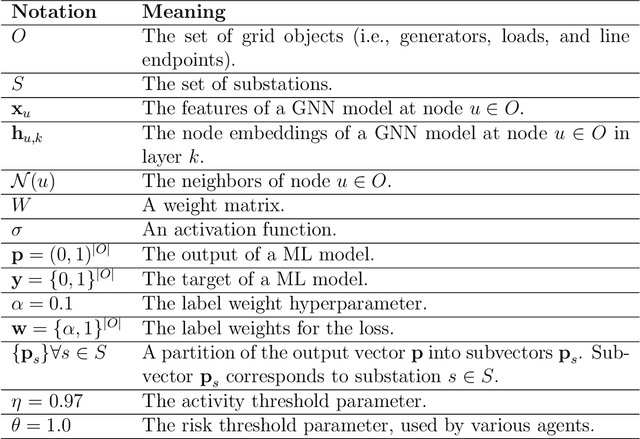
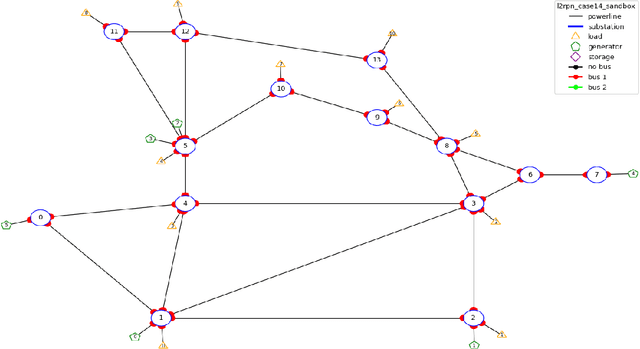
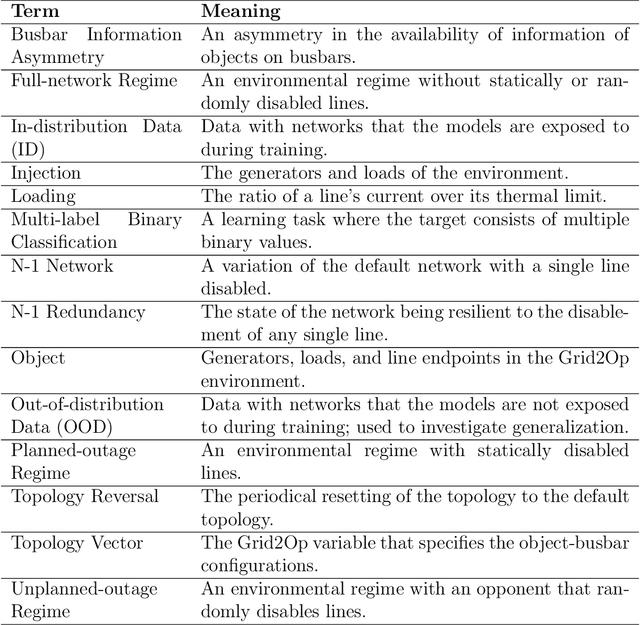

Abstract:The energy transition necessitates new congestion management methods. One such method is controlling the grid topology with machine learning (ML). This approach has gained popularity following the Learning to Run a Power Network (L2RPN) competitions. Graph neural networks (GNNs) are a class of ML models that reflect graph structure in their computation, which makes them suitable for power grid modeling. Various GNN approaches for topology control have thus been proposed. We propose the first GNN model for grid topology control that uses only GNN layers. Additionally, we identify the busbar information asymmetry problem that the popular homogeneous graph representation suffers from, and propose a heterogeneous graph representation to resolve it. We train both homogeneous and heterogeneous GNNs and fully connected neural networks (FCNN) baselines on an imitation learning task. We evaluate the models according to their classification accuracy and grid operation ability. We find that the heterogeneous GNNs perform best on in-distribution networks, followed by the FCNNs, and lastly, the homogeneous GNNs. We also find that both GNN types generalize better to out-of-distribution networks than FCNNs.
Imitation Learning for Intra-Day Power Grid Operation through Topology Actions
Jul 29, 2024Abstract:Power grid operation is becoming increasingly complex due to the increase in generation of renewable energy. The recent series of Learning To Run a Power Network (L2RPN) competitions have encouraged the use of artificial agents to assist human dispatchers in operating power grids. In this paper we study the performance of imitation learning for day-ahead power grid operation through topology actions. In particular, we consider two rule-based expert agents: a greedy agent and a N-1 agent. While the latter is more computationally expensive since it takes N-1 safety considerations into account, it exhibits a much higher operational performance. We train a fully-connected neural network (FCNN) on expert state-action pairs and evaluate it in two ways. First, we find that classification accuracy is limited despite extensive hyperparameter tuning, due to class imbalance and class overlap. Second, as a power system agent, the FCNN performs only slightly worse than expert agents. Furthermore, hybrid agents, which incorporate minimal additional simulations, match expert agents' performance with significantly lower computational cost. Consequently, imitation learning shows promise for developing fast, high-performing power grid agents, motivating its further exploration in future L2RPN studies.
Acquiring Better Load Estimates by Combining Anomaly and Change-point Detection in Power Grid Time-series Measurements
May 28, 2024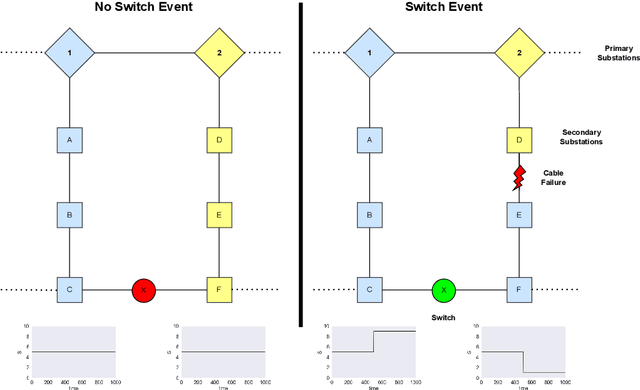

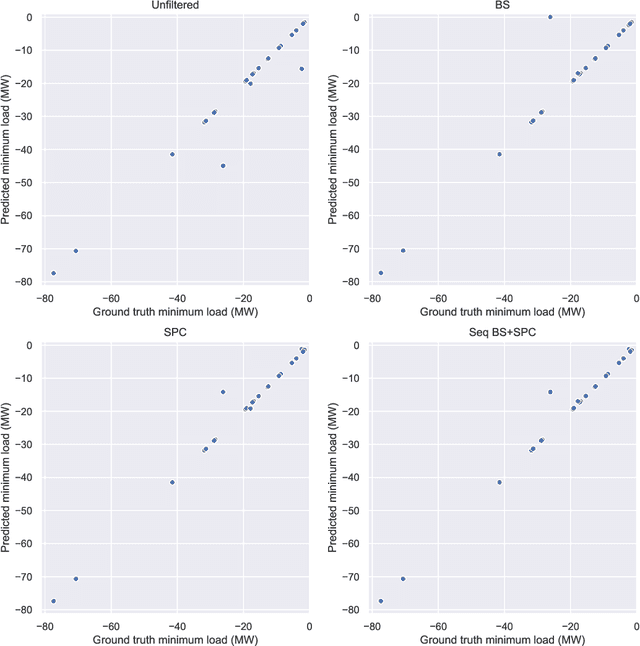
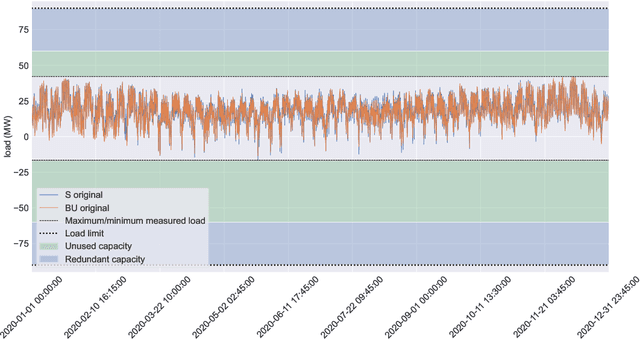
Abstract:In this paper we present novel methodology for automatic anomaly and switch event filtering to improve load estimation in power grid systems. By leveraging unsupervised methods with supervised optimization, our approach prioritizes interpretability while ensuring robust and generalizable performance on unseen data. Through experimentation, a combination of binary segmentation for change point detection and statistical process control for anomaly detection emerges as the most effective strategy, specifically when ensembled in a novel sequential manner. Results indicate the clear wasted potential when filtering is not applied. The automatic load estimation is also fairly accurate, with approximately 90% of estimates falling within a 10% error margin, with only a single significant failure in both the minimum and maximum load estimates across 60 measurements in the test set. Our methodology's interpretability makes it particularly suitable for critical infrastructure planning, thereby enhancing decision-making processes.
Graph Isomorphic Networks for Assessing Reliability of the Medium-Voltage Grid
Oct 03, 2023Abstract:Ensuring electricity grid reliability becomes increasingly challenging with the shift towards renewable energy and declining conventional capacities. Distribution System Operators (DSOs) aim to achieve grid reliability by verifying the n-1 principle, ensuring continuous operation in case of component failure. Electricity networks' complex graph-based data holds crucial information for n-1 assessment: graph structure and data about stations/cables. Unlike traditional machine learning methods, Graph Neural Networks (GNNs) directly handle graph-structured data. This paper proposes using Graph Isomorphic Networks (GINs) for n-1 assessments in medium voltage grids. The GIN framework is designed to generalise to unseen grids and utilise graph structure and data about stations/cables. The proposed GIN approach demonstrates faster and more reliable grid assessments than a traditional mathematical optimisation approach, reducing prediction times by approximately a factor of 1000. The findings offer a promising approach to address computational challenges and enhance the reliability and efficiency of energy grid assessments.
 Add to Chrome
Add to Chrome Add to Firefox
Add to Firefox Add to Edge
Add to Edge